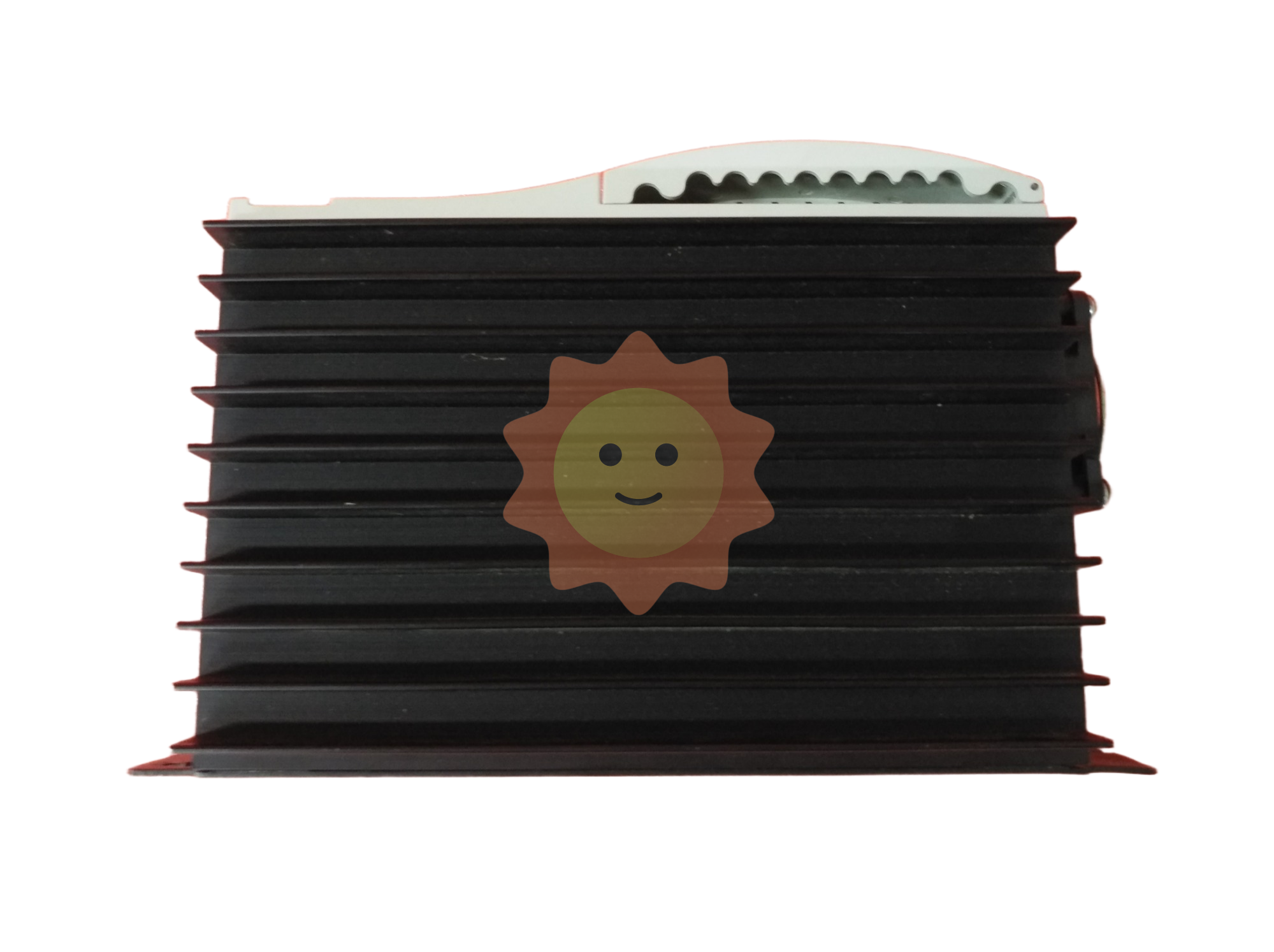Pulp Market Review in 2022 and Outlook in 2023
In terms of global commercial wood pulp shipments, according to the Pulp and Paper Products Council (PPPC) data, from January to October 2022, the total pulp shipments of the world's top 20 major pulp producing countries (W-20) increased by 3.7% year-on-year, of which coniferous wood pulp shipments were 18.71 million tons, down 1.8% year-on-year, and bleaching wood pulp shipments were 23.74 million tons. That's up 7.8% from a year ago. Shipments to the Chinese market were 13.47 million tons, a year-on-year decrease of 0.54%, shipments to Western Europe and North America were 17.63 million tons, a year-on-year increase of 4.1%, the proportion of Chinese market demand was near 30%, a slight decline compared with 2021, and a decline of about 3% compared with 2020 and before, under the role of high inflation overseas and weak domestic demand. The price difference between Chinese softwood pulp and Western Europe fell, and broadleaf pulp was lower than Western Europe, resulting in a regional tilt in market shipments.

Third, the supply of raw materials is reduced and the cost is shifted
The tight supply of raw materials is a major factor in the decline of wood pulp supply in 2022, Russia is the world's largest exporter of softwood wood, of which Finland is one of its main exporters, 20% of Finland's pulp raw materials come from Russia, after the Russia-Ukraine conflict, Russian wood exports are restricted, and Finnish wood chip and log imports have declined significantly since March 2022. At the same time, the US real estate market has turned cold, the demand for wood has decreased, and the price has fallen sharply, and the price of CME wood futures has fallen 63% this year, forcing wood merchants to reduce production in response to the decline in demand, which has also reduced the wood pulp raw materials. In its third quarterly report, Canfor also noted that a weakening lumber market could lead to long-term production cuts at BC's inland sawmills, and that a reduction in sawmill chips available to pulp mills could trigger further outages. Unplanned maintenance and downtime in 2022 are significantly more than those in 2021, and there are more unplanned downtime in the first and third quarters of coniferous pulp, including strikes and raw material problems.
In terms of production costs, in the past few years, the average CIF China cost of bleached pulp is about 510 US dollars/ton or more, and the average cost of bleached pulp is about 340 US dollars/ton. China's annual import volume of bleached pulp before 2021 is about 8.5-8.9 million tons, while the global production capacity under the average cost is about 10 million tons. However, the cost of more needles exported to China is higher than the average, about $570 / ton, so after the supply problems in Finland, Russia and Canada reduced shipments, the cost support of coniferous pulp was significantly enhanced, and the price moved to the end of the cost curve, which also made the price rise. In 2022, with the Russian-Ukrainian conflict and European sanctions on Russia, as well as the downturn in the North American housing market caused a sharp drop in the price of wood, making pulp production raw materials wood chips, energy and other supply problems, and prices rose sharply, pulp production costs increased, Brazil Suzano2022 third quarter chemical and wood chip costs increased 41% and 19%, respectively. Canfor reported that the price of wood chips increased the cost. However, under the current price, the mainstream paper mill profit is still better, as of November 2022, the price of broadleaf pulp and conifer pulp exports to China are above $860 and $900, respectively, and the average price of NBSK shipped to China in the first three quarters of 2022 is $959 / ton, compared with $892 in the same period last year, which is much higher than the cost. The price is not enough to prompt production cuts.
Fourth, there will be new broadleaf production capacity in 2023
In terms of global pulp capacity changes, Arauco's MAPA project of 1.56 million tons of bleached eucalyptus kraft pulp production line (BEK) has been postponed to November 2022, and is expected to reach its peak capacity in 2023; UPM's 2.1 million tonne eucalyptus hardwood pulp plant near Paso de los Toros in central Uruguay has been tentatively postponed to the first quarter of 2023. The Prince Albert Pulp Mill is expected to resume production as soon as 2023, with an annual capacity of about 350,000 tons of bleached needle pulp. Fenlin Fenpokmi Bio-Products plant is planned to be put into operation in the third quarter of 2023, with an annual output of 1.5 million tons of coniferous and hardwood pulp, and is expected to add 800,000 tons of coniferous pulp capacity. Therefore, the overall production pressure of wood pulp in 2023 is higher than that in 2022, and all the smooth landing of the case, the supply increment may be more obvious, the key time depends on the actual production progress in the first quarter, and the production pressure is expected in the second half of the year.

Five, paper production capacity increased significantly paper mill operating rate is low
- EMERSON
- Honeywell
- CTI
- Rolls-Royce
- General Electric
- Woodward
- Yaskawa
- xYCOM
- Motorola
- Siemens
- Rockwell
- ABB
- B&R
- HIMA
- Construction site
- electricity
- Automobile market
- PLC
- DCS
- Motor drivers
- VSD
- Implications
- cement
- CO2
- CEM
- methane
- Artificial intelligence
- Titanic
- Solar energy
- Hydrogen fuel cell
- Hydrogen and fuel cells
- Hydrogen and oxygen fuel cells
- tyre
- Chemical fiber
- dynamo
- corpuscle
- Pulp and paper
- printing
- fossil
- FANUC
- Food and beverage
- Life science
- Sewage treatment
- Personal care
- electricity
- boats
- infrastructure
- Automobile industry
- metallurgy
- Nuclear power generation
- Geothermal power generation
- Water and wastewater
- Infrastructure construction
- Mine hazard
- steel
- papermaking
- Natural gas industry
- Infrastructure construction
- Power and energy
- Rubber and plastic
- Renewable energy
- pharmacy
- mining
- Plastic industry
- Schneider
- Kongsberg
- NI
- Wind energy
- International petroleum
- International new energy network
- gas
- WATLOW
- ProSoft
- SEW
- wind
- ADVANCED
- Reliance
- YOKOGAWA
- TRICONEX
- FOXBORO
- METSO
- MAN
- Advantest
- ADVANCED
- ALSTOM
- Control Wave
- AB
- AMAT
- STUDER
- KONGSBERG
- MOTOROLA
- DANAHER MOTION
- Bently
- Galil
- EATON
- MOLEX
- Triconex
- DEIF
- B&W
- ZYGO
- Aerotech
- DANFOSS
- KOLLMORGEN
- Beijer
- Endress+Hauser
- MOOG


Email:wang@kongjiangauto.com
























































































